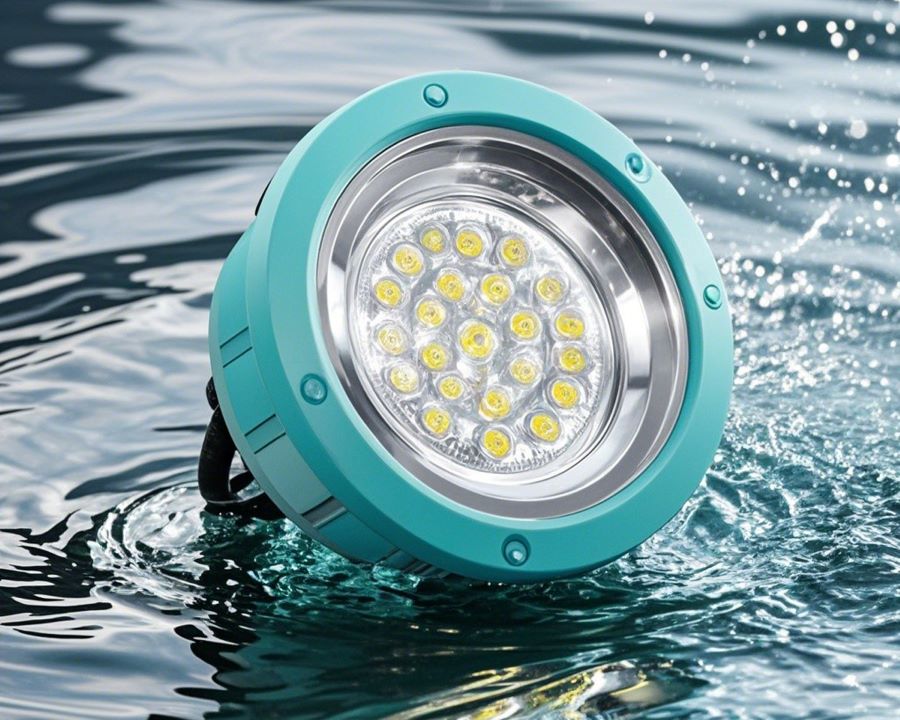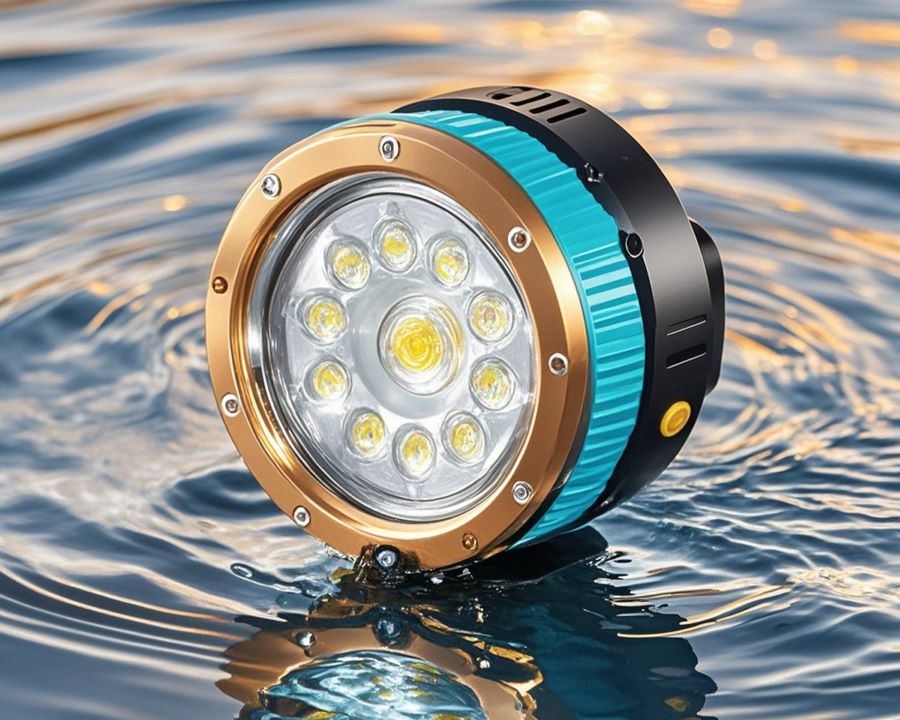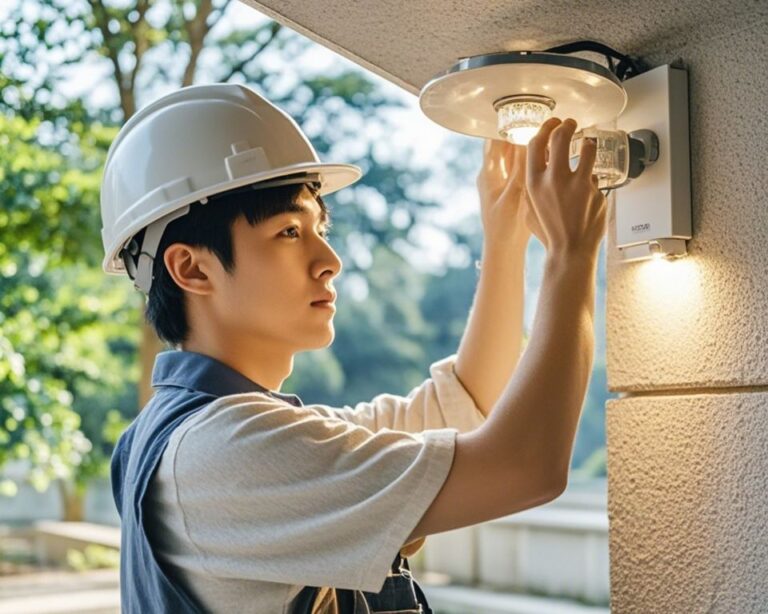With the continuous progress of outdoor lighting technology, especially the integration of intelligent control technology, outdoor lighting products have become a set of “light, machine, electricity, heat” in one of the complex system. In these products, waterproof performance and thermal conductivity and heat dissipation performance has become a critical technical indicators, directly related to the service life of the product, energy efficiency and safety.
The most common waterproof rating for outdoor lighting products is IP65 and IP66, which have covered most of the outdoor lighting application scenarios. However, as the application scenarios of outdoor lighting products are subdivided, the requirements for waterproof rating are also increasing. In order to meet these demands, many manufacturers have begun to work on the structural design, using a variety of combinations of structure and glue coverage and other methods to achieve the required waterproof rating.
However, this method has some drawbacks, such as a greater impact on the optics, higher requirements for the flatness of the glue coverage, which may lead to problems such as color drift and brightness loss. In order to reduce the impact on the optics, some manufacturers have adopted a physical waterproof structure, utilizing two high-density materials in the middle with a rubber mat and other materials physically pressed together. Although this approach reduces the impact on the optics, but also puts forward high requirements on the strength and flatness of the press.
In addition, for those products that have reached IP68 rating, the internal sealing level is very high and the conditions for heat conduction and dissipation are also very harsh. If these products are used in an airborne environment, they may be damaged by prolonged thermal expansion and contraction and chemical attack.
In order to overcome these problems, PECVD (Plasma Enhanced Chemical Vapor Deposition) nano-coating technology, with its excellent waterproof, anti-fouling, anti-corrosion and weathering properties, is gradually becoming one of the key technologies to enhance the performance of outdoor lighting products.
Overview of PECVD nano-coating technology
PECVD technology is a method that utilizes high-frequency electric fields such as radio frequency or microwave to excite reactive gases into plasma, which is then deposited on the surface of the substrate to form a nanoscale film. This technology has the advantages of fast deposition rate, good film uniformity, strong adhesion and the ability to deposit complex compound films at low temperatures. In the field of outdoor lighting, PECVD nano-coating can significantly improve the waterproof level of products, while maintaining good optical transparency and thermal conductivity, providing all-round protection for products.

Advantages of PECVD nano-coating technology
Improve the hydrophobicity of product surface:
PECVD nano-coating technology can form a layer of tightly fitting hydrophobic film on the surface of the product, which reduces the surface energy, makes the liquid automatically condense into beads and slide down when contacting, prevents water from penetrating through the structural gaps, and maintains the internal dryness of the product.
Significantly improve waterproof performance:
PECVD nano-coating can form a dense, almost non-porous film on the surface of the luminaire, effectively blocking the infiltration of water molecules, and maintaining long-term waterproof effect even under the high requirements of IP68 rating. Compared to traditional resin or silicone coverings, PECVD coatings have better durability and chemical stability, and are less susceptible to erosion by chlorine and other substances in water.
Optimized Optical Performance:
While maintaining high waterproof performance, the extremely thin thickness (nano-scale) of the nano-coating has a negligible effect on the light transmission rate, avoiding the optical loss brought about by the traditional gluing method. This means that the luminaire can maintain its original brightness and color reproduction while maintaining a high waterproof rating.
Enhance the weather resistance:
outdoor environment is complex and changeable, ultraviolet rays, high temperature, humidity and other factors will cause damage to the lamps and lanterns materials, PECVD nano-coating can effectively isolate the external environment on the substrate of the direct erosion, to improve the weather resistance of the product, to reduce the aging problem caused by environmental factors.
Efficient heat dissipation:
Nano-film does not affect the heat dissipation performance, due to PECVD nano-coating excellent waterproof, weatherability and environmental adaptability, but can simplify the structural design to promote heat conduction. This is especially important for high power LED luminaires, which can effectively reduce the LED junction temperature and extend the service life.
PECVD nano-coating technology application examples
At present, some high-end outdoor lighting products have begun to use PECVD nano-coating technology. For example, in IP68 grade one-piece molding floodlights, line lights and other products, through the PECVD nano-coating treatment, not only to achieve excellent waterproof effect, but also to maintain good optical performance and thermal conductivity and heat dissipation ability. These products can still operate stably in harsh outdoor environments, greatly enhancing their reliability and service life.
Conclusion
To summarize, PECVD nano-coating technology, with its unique advantages, shows great potential in waterproofing, optics, thermal conductivity and heat dissipation, and weathering enhancement of outdoor lighting products. With the continuous maturity of the technology and the gradual reduction of the cost, PECVD nano-coating is expected to become an important technological innovation in the field of outdoor lighting products, and to promote the development of the whole industry in the direction of more efficient, more reliable and more environmentally friendly. For manufacturers, mastering and applying this technology will be the key to enhancing product competitiveness and developing high-end markets.




